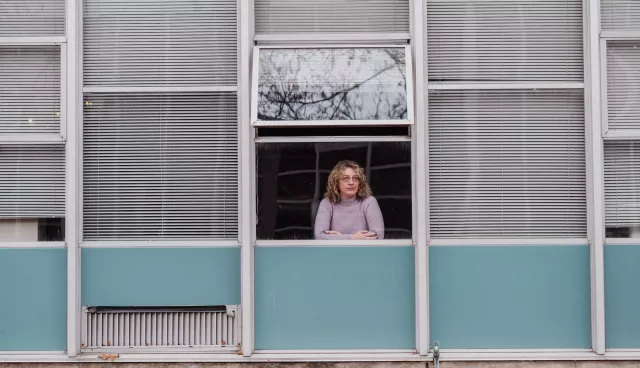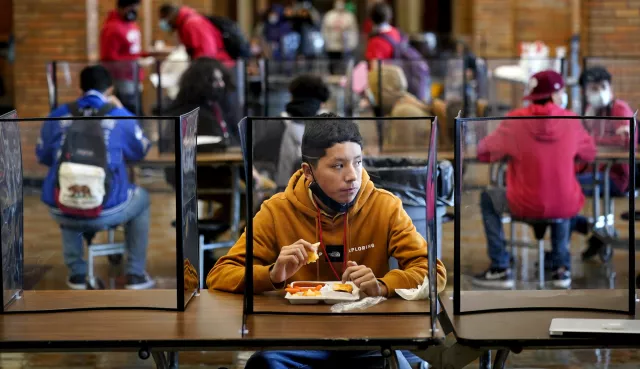
It's time to invest in student and educator well-being
A wide variety of health and safety hazards pose risks to educators and students in educational settings. Educators’ working conditions are students’ learning conditions. Staff and other members of the community can play a crucial role in recording, reporting, and resolving such hazards by conducting building walkthroughs of indoor spaces.
The National Education Association (NEA) created the building walkthrough toolkit and a variety of checklists to improve the health and safety of students and staff however, it is still an employer’s fundamental responsibility to provide a safe and healthy environment.
Measuring CO2 in indoor spaces, like classrooms, can—when done properly—serve as a screening tool to determine when ventilation in that space needs further investigation and potential improvement. NEA created a document to provide guidance on what to look for in CO2 monitors; explain how to effectively use them and interpret the results, and outline cautions when using results to make decisions about IAQ.

Is Your School Building Making You Sick?

How to Evaluate Building Ventilation Using Carbon Dioxide Monitors

Indoor Air Quality Plans in Schools
